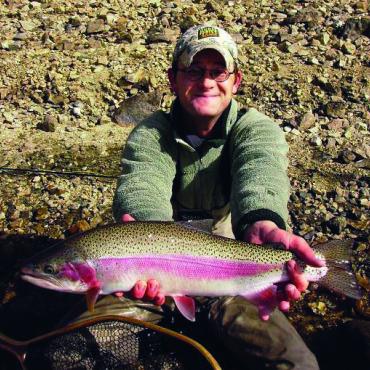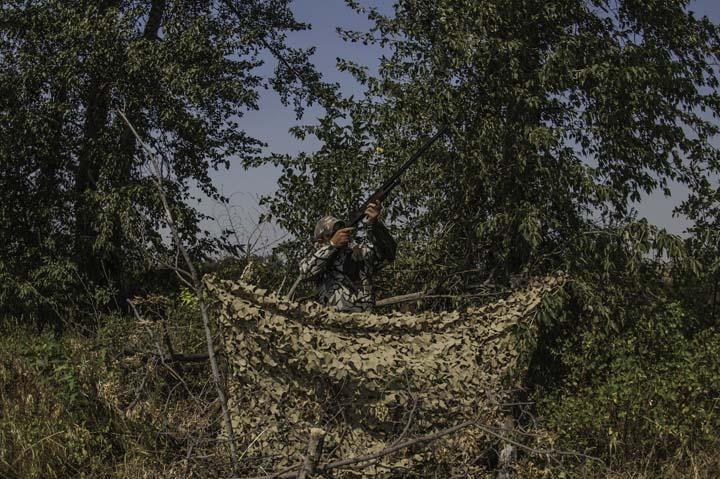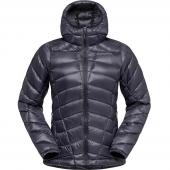Ground Level
In an era of leafy, cut-poly fabrics dyed in the latest digi-cam patterns and different outfits of the latest tech-wear designed to blend into the countryside like a moth’s wing or a duck’s butt, the only thing today’s hunter could lack in the ancient art of concealment is money. But after two decades as a hunter (one of which was squandered as a hunting guide), I have learned that less actually is more. Here’s a simple plan for state-of-the-art concealment—all for under 50 bucks.
Ingredients
Burlap: One of the oldest fabrics in the world, burlap is cheap, biodegradable, non-reflective, and, as an added bonus, you can dye or paint it to blend into any environment on the planet. Purchase a few yards at a craft or home-improvement store and you’re in business. I prefer a ten-by-ten-foot square section for ease of mobility. If you also need to hide a canoe or boat, more may be necessary.
Dye: There are numerous fabric dyes on the market, and burlap will “lap” them all up, as they tend to fade and run over time. I prefer rattle-can spray paint in earth-tone colors, dependant on the area and season in which I’m hunting. Always use matte-style paint or dye to keep the burlap’s non-reflective properties.
Vegetation: This selection is also dependent on your chosen hunting area, targeted game, and season. A random collection of sticks, twigs, and leafy branches usually works best.
Instructions
1. Choose a dry, well-ventilated area (your mother-in-law’s garage should work well). Spread out the burlap, anchoring the corners with rocks or bricks to keep it in position. Randomly spread vegetation across the entire “canvas” of burlap. Try not to leave any blank areas larger than a shoebox.
2. Hold the spray paint about six to eight inches above the surface and begin painting. Don’t hold the paint too close to the fabric because it will clog the natural mesh and make it less pliable. Paint the colors on at random, switching from one to another, and don’t be afraid of overlap. Have fun and use your imagination.
3. Once the paint is dry (usually eight to ten hours), discard the twigs and branches, and remove the corner weights. Shake the entire section of painted fabric several times to restore suppleness to the burlap fibers. Hang the finished blind outdoors for several days to dissipate as much of the paint odor as possible.
Usage: Use your burlap blind in an array of ways: prop it between two saplings near your favorite duck puddle, drape it in a box shape between four sturdy sticks for a turkey tricker, or suspend it from a tree or a few saplings that are next to a heavily used game trail and bag an elk—the only limit is your imagination.
Kurt Dehmer owns Durty Kurty’s Guide Service and is a frequent contributor to Outside Bozeman.












